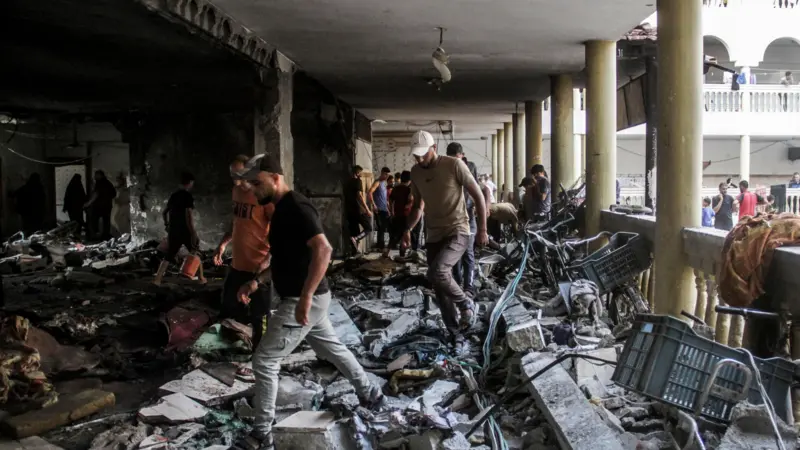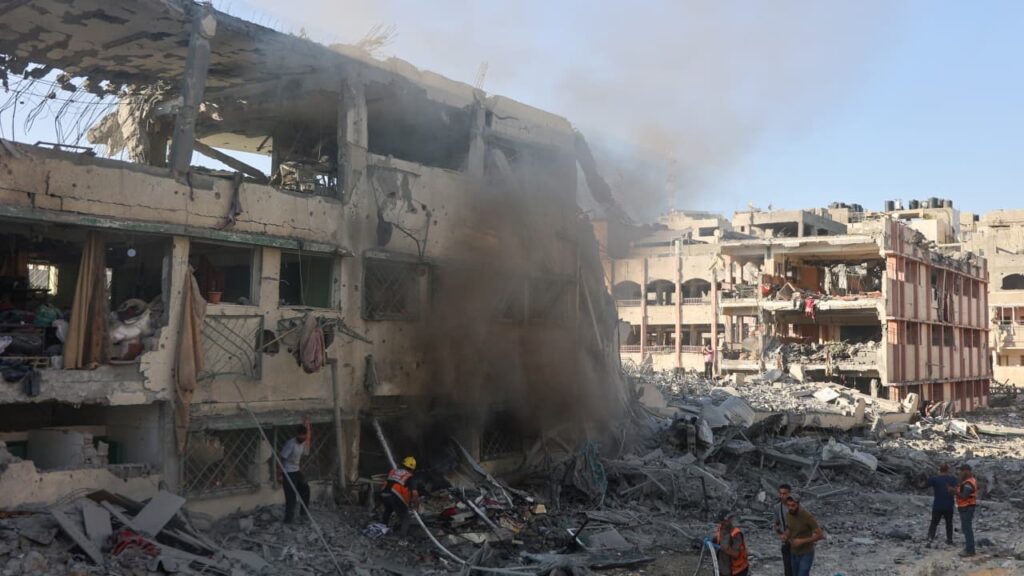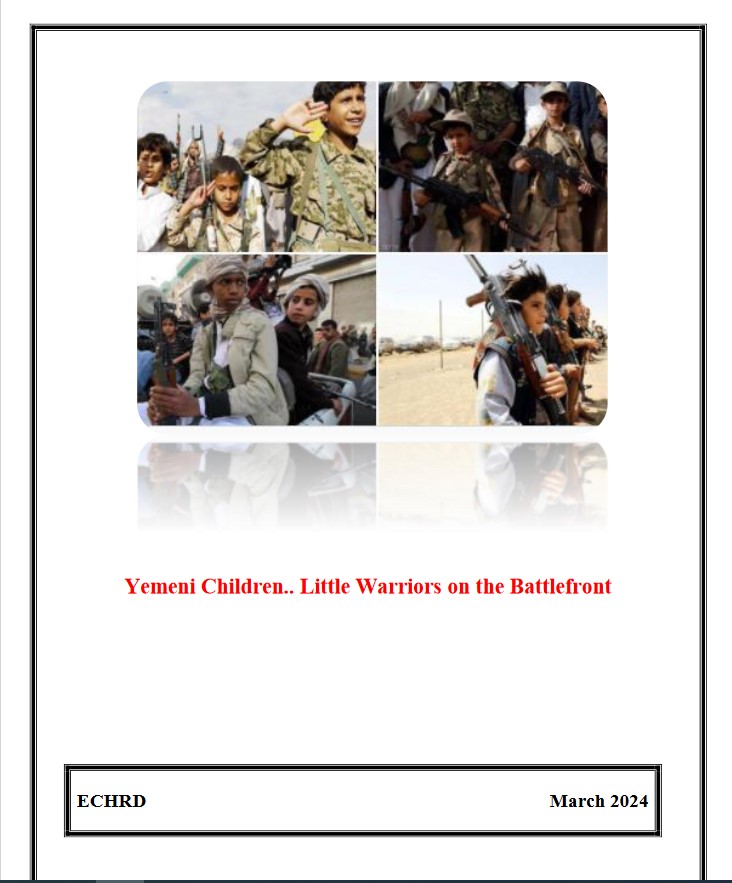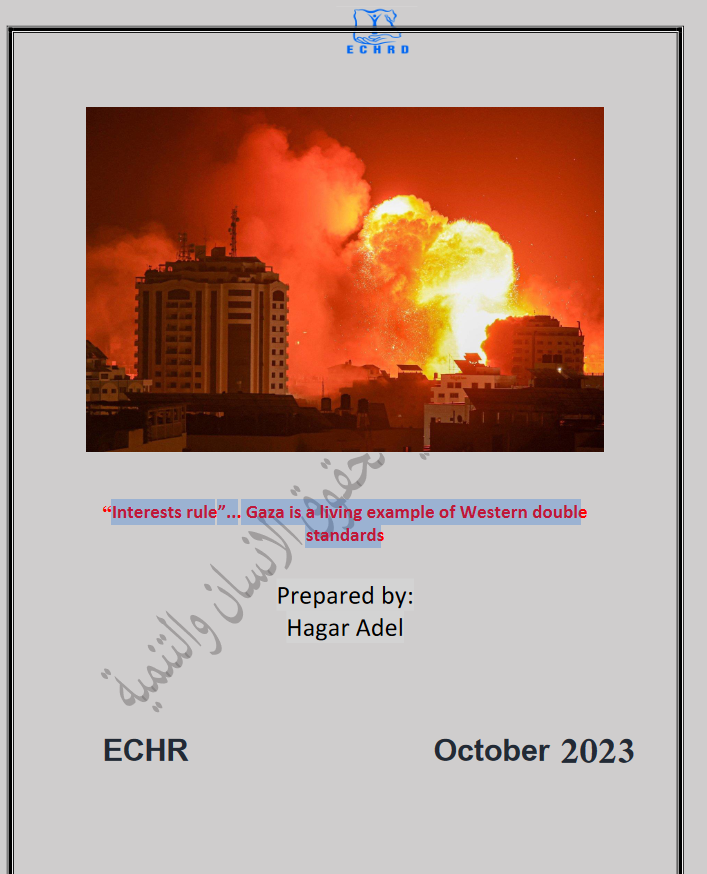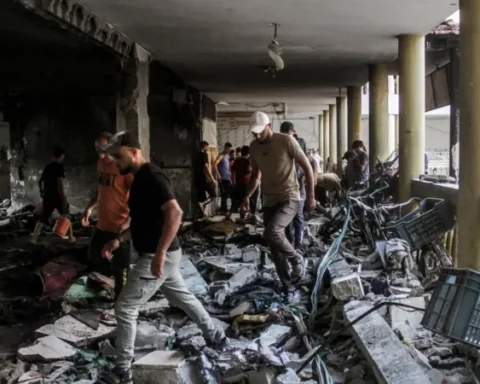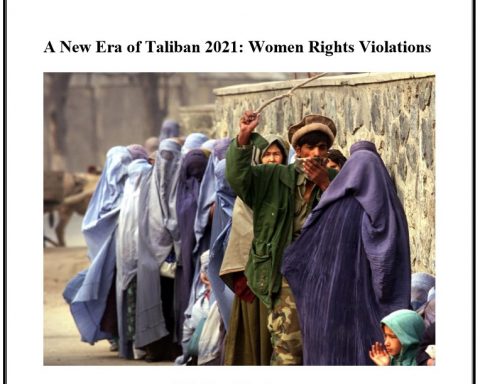On International Youth Day..The Egyptian Coalition for Human Rights and Development stresses the role of youth in achieving comprehensive and sustainable development
Press Release ……………………………………………………………….. On International Youth Day, the Egyptian Coalition for Human Rights and Development affirms, on Tuesday, 13 August 2024, the importance of the role of youth in achieving all areas of comprehensive and sustainable development, as they are the pillar of the state and its basis towards advancement and progress. It is worth noting that on 17 December 1999, the United Nations General Assembly, in its resolution 54/120, recognized that 12 August would be declared International Youth Day under the recommendation made by the World Conference of Ministers Responsible for Youth (Lisbon, 8-12 August 1998), to remind the


